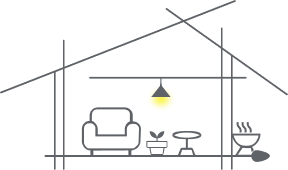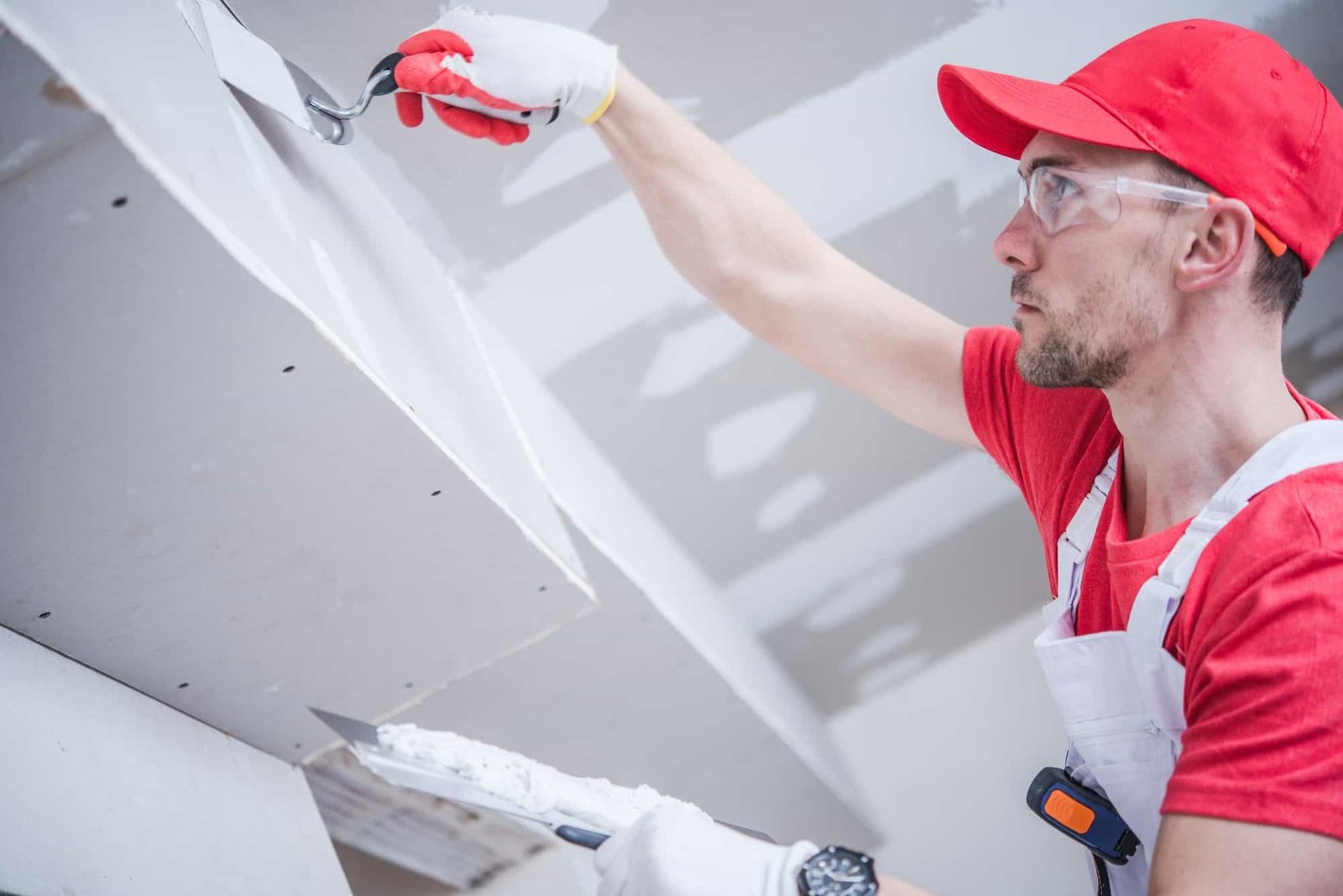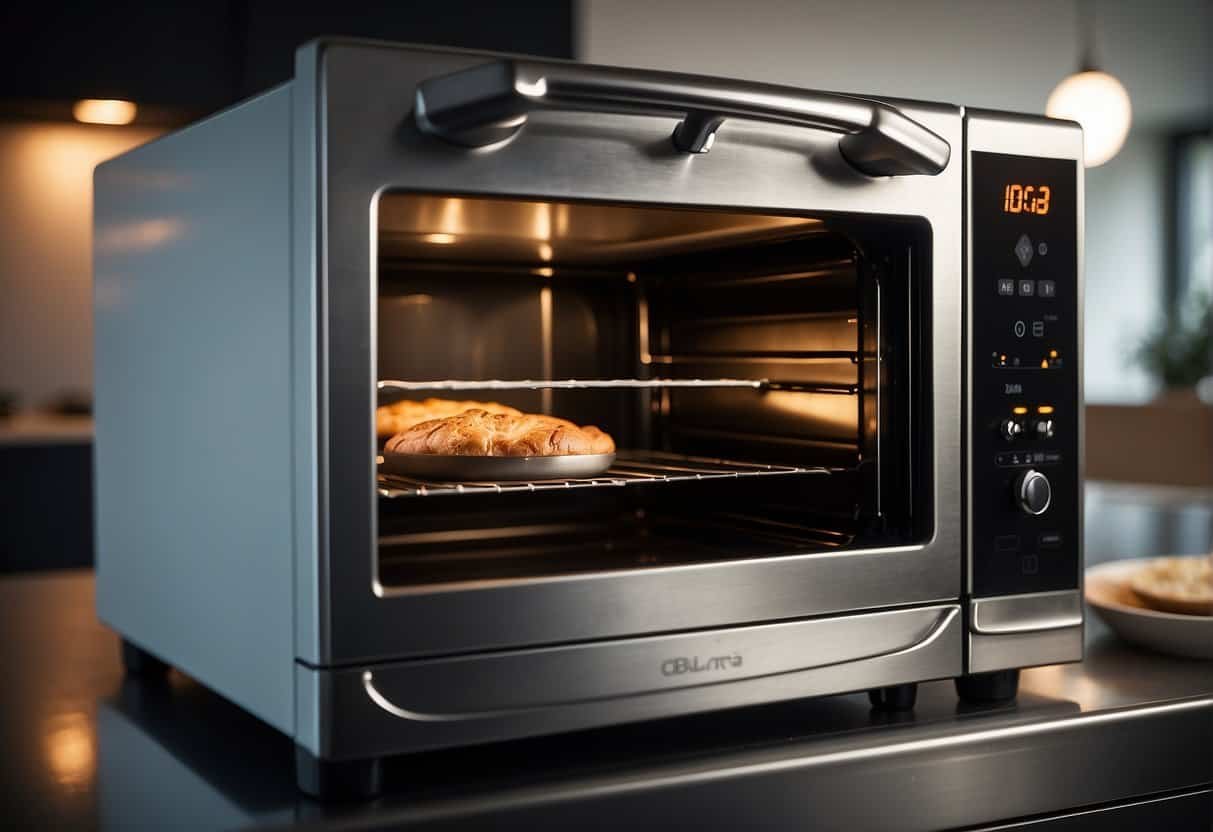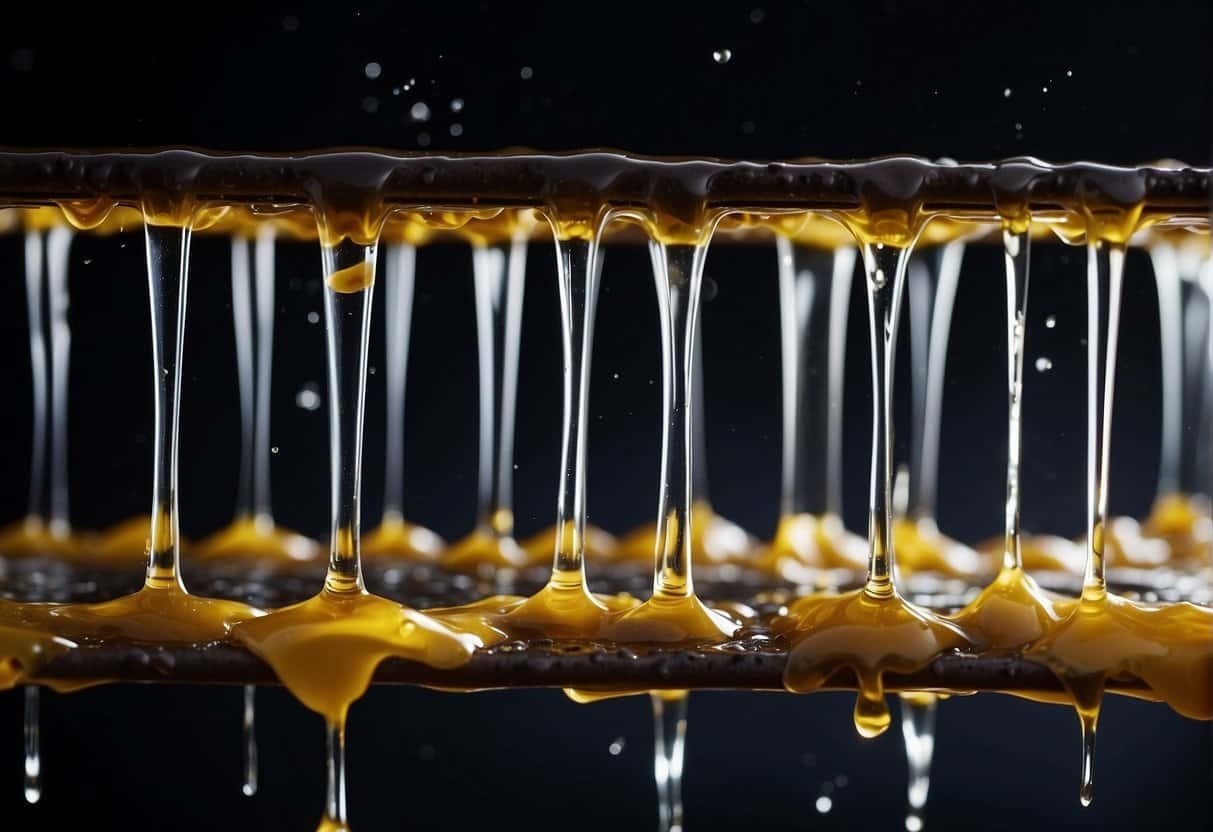Table of Contents
It’s unavoidable that your drywall will sometimes be uneven. The joints may be uneven due to a fault in the construction or a slight difference in thickness between boards. It can cause issues applying a smooth coating over the top of the drywall when painting or plastering.
You can mud uneven drywall with a joint compound, also called drywall mud, to cover the joint. A layer of mud should be followed by drywall tape and then two layers of mud until the uneven joint is topped up enough to be made smooth surface with sandpaper.
Follow the steps in this article to see how to make your uneven drywall joints completely smooth to the eye.
How Do You Mud Uneven Drywall Joints?
To mud uneven drywall joints, mix the drywall mud and spread it over the uneven joint. Use drywall tape over the joint and smooth out the mud with a drywall knife. Apply a second layer of mud and a third that’s thicker than the first two. Spread them with the knife and smooth the surface once dry.
Let’s discuss the process in more detail:
Mix the drywall mud
Drywall mud is made by mixing gypsum and water together into a light consistency. You can purchase this in pre-mixed buckets or mix it yourself.
If mixing yourself, aim for a similar consistency to mayonnaise. If it has dried out, you may also need to add water to the premixed mud.Spread the drywall mud over the uneven joint
Apply a layer of mud over it and spread it out smoothly to about 6 inches (15.24 cm) on either side of the joint using the edge of the drywall knife.Use drywall tape over the joint
Drywall tape is a strong mesh tape designed to hide joints in drywall. Use the tape to completely cover the joint from start to finish and cut it off the roll.Use the drywall knife to smooth out the layer of mud under the tape
Use the hard edge of the knife to push out any air bubbles and imperfections in the mud to get a smooth texture under the tape.Apply a second layer of drywall mud
The second layer should go over the tape and be feathered away from the joint in both directions. You should allow one full day for this to dry.Apply a third layer of drywall mud that is thicker than the first two layers
Apply the third layer of the mud to the drywall filling up the lower part of the uneven joint. Mix this mud at a thicker consistency, or purchase a pre-mixed mud suitable for third coats.Use the drywall knife to spread the mud.
Spread the mud from the higher part of the joint to the lower to produce as smooth a surface as possible. Leave this layer for at least one day to completely dry.Smooth the surface once dry
Finally, use sandpaper or a mechanical sander to smooth the surface of the mud to an even consistency (sources: Hunker and Bauerle) Roofing).
To see a visual step-by-step process of mudding uneven drywall joints, you can watch this demonstration video:
How To Mud an Uneven Drywall Ceiling
You can mud an uneven drywall ceiling following the same steps as you would for uneven drywall wall joints. The only key difference is you will use a slightly thicker coat of mud mix to prevent it from dropping off the ceiling and onto the floor.
You will need to cover the floor completely before working in case any of the coat of mud drops from the ceiling, but you should still follow these steps:
- Mix the drywall mud.
- Spread the drywall mud over the uneven joint.
- Use drywall tape over the joint.
- Use the drywall knife to smooth out the layer of mud under the tape.
- Apply a second layer of the drywall mud.
- Apply a third layer of drywall mud that is thicker than the first two layers.
- Smooth the surface once dry.
When applying this mud to the ceiling, you can also carefully use a heat gun to speed up the process if you are in a rush or worried that any mud may fall off the ceiling.
Here’s a video you can watch on repairing a drywall ceiling:
What Can I Do if the Drywall Mud Itself Is Uneven?
If the drywall mud itself is uneven, you can use sandpaper, a sanding block, or a mechanical sander to smooth it down to match the surface of the adjacent drywall.
You can check the texture of the drywall mud and adjacent surfaces by using the edge of your drywall knife. Press the knife’s edge across the mud and joint and move the edge side to side slightly. If the knife surface rocks back and forth, it will require smoothing. We have a couple of dedicated guides for you here:
The best sanders for drywall (including after mudding it)
Which grade of sandpaper to use for drywall
When sanding, remember to put on a respiratory mask and goggles to prevent any respiratory problems from inhaling the gypsum in the drywall mud (source: Bob Vila).
As you have seen, this is a relatively simple process, and by following the steps in this article, you can mud uneven drywall to achieve a perfect, smooth finish.










